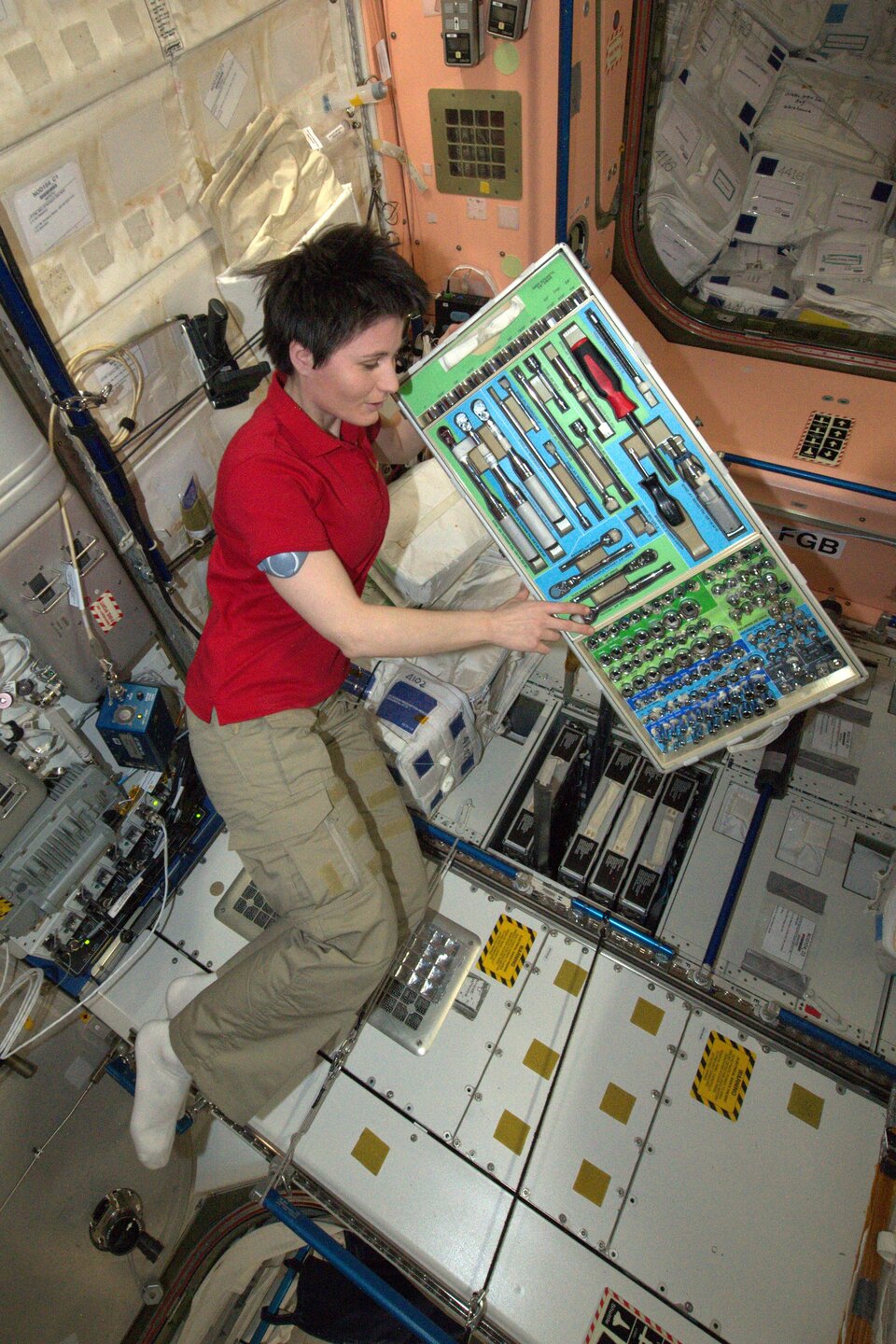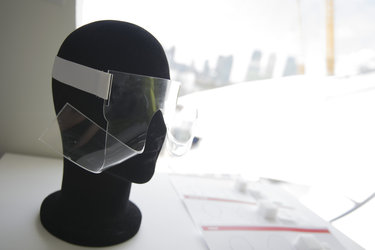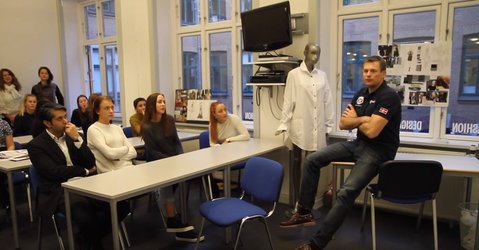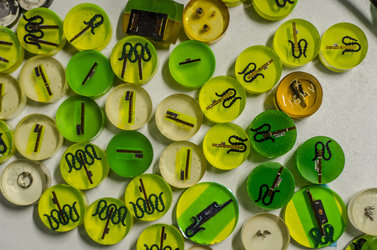The go-between
Translating high fashion concepts into the language of technology is an essential skill for an endeavour like Couture in Orbit. That’s where D’Appolonia comes in for Italy, ESA’s national partner for finding terrestrial uses for space innovations. Andrea Maria Ferrari discusses the company’s role.
D’Appolonia is a major engineering and consultancy company, part of the RINA group, whose Unit dedicated to Strategy and New Product Development has been serving as the Italian broker of ESA’s Technology Transfer Network for the last quarter of a century.
In plain language, we find new users among terrestrial industry for innovative high technologies that have been specifically developed for space, adding up to around 200 technology transfers over the years. It’s about solving problems by bringing ideas – and people – together.

So, when we first heard about the concept of Couture in Orbit we were very enthusiastic, and offered our support. At the start, Italian ESA astronaut Samantha Cristoforetti and other astronauts offered some ideas and we looked into transfers that might be possible, harnessing our huge network of wonderful contacts, who proved more than willing to help in turn.
We’ve been working at one side with the students of Politecnico di Milano – in particular the group of Design led by Prof. Annalisa Dominoni – and Italian space companies that we’ve worked with before on the other – notably in this case eXtreme Materials. This small company specialises in textile-related technologies, which have in the past included such innovations as wearable antennas printed on fabric, smart materials embedded in textiles and composites, and cooling systems integrated into protective garments for firefighters, workers in smelting plants, MOTO GP pilots or F1 technicians, to keep them cool during the grand prix, when the heat is on.
We’ve been the go-between, with the students on one side and the industry on another. The students have sought a clear explanation of how these technologies are used in practice, and in other cases consulted with the company to find original solutions and developments to the problems they’ve posed.

Under the continuous monitoring of Prof. Dominoni we wanted to encourage the students to come up with apparently crazy applications – to stay as crazy as possible – while we are the ones with our feet on the ground, to take into consideration the feasibility of implementation of ideas in a concrete, workable way. For instance, could a wearable cooling system be modified to gradually deliver fragrances instead?
It’s been a busy time, mixing high technology with some decorous fantasies, and we’ve managed to survive. The students in Milan have been working day and night to put their projects together – as well as juggling things like exams – while the people at xTreme Materials have been delivering the necessary materials to the university. So at the end we believe we’ve put together the best achievement possible.











